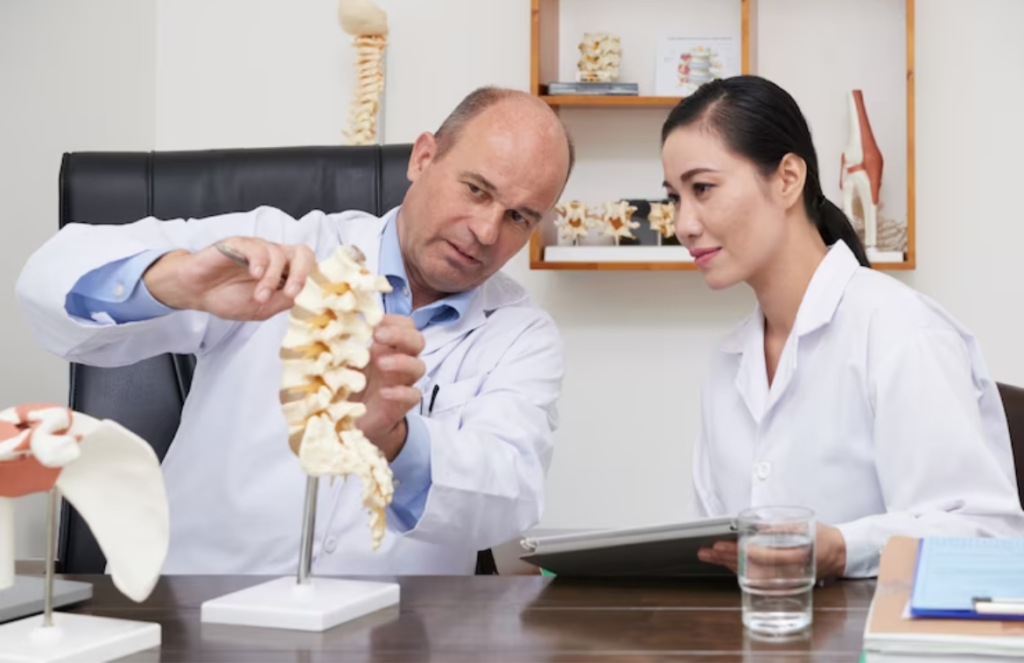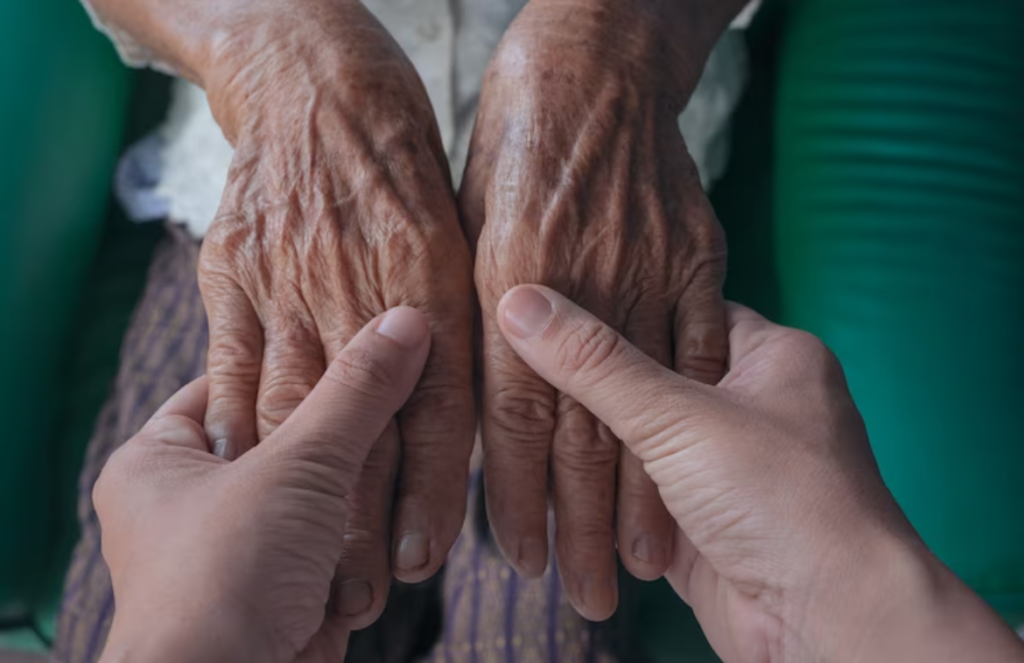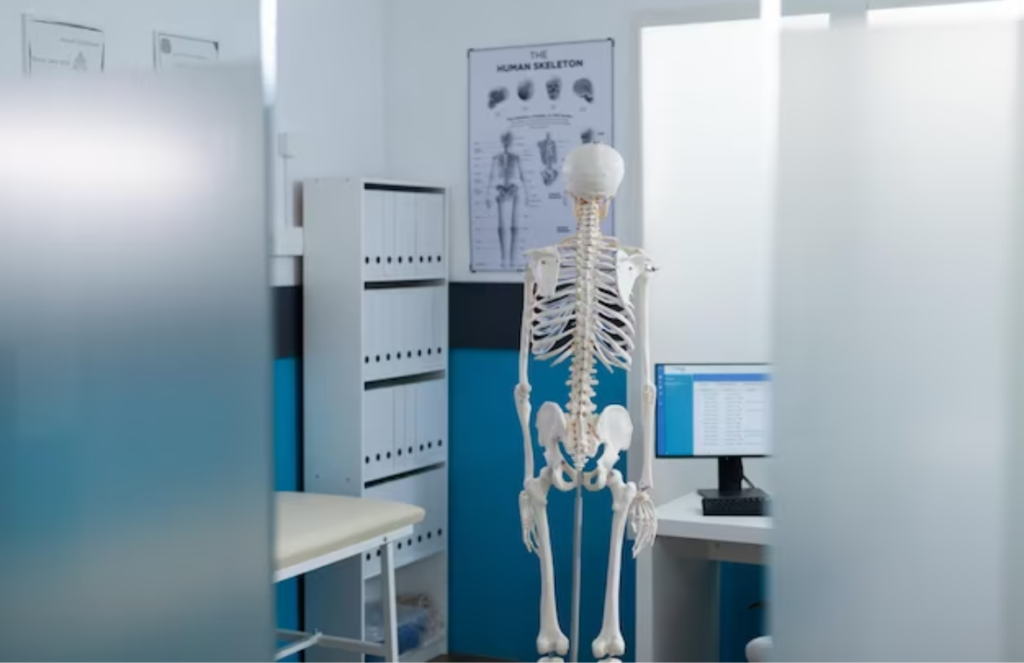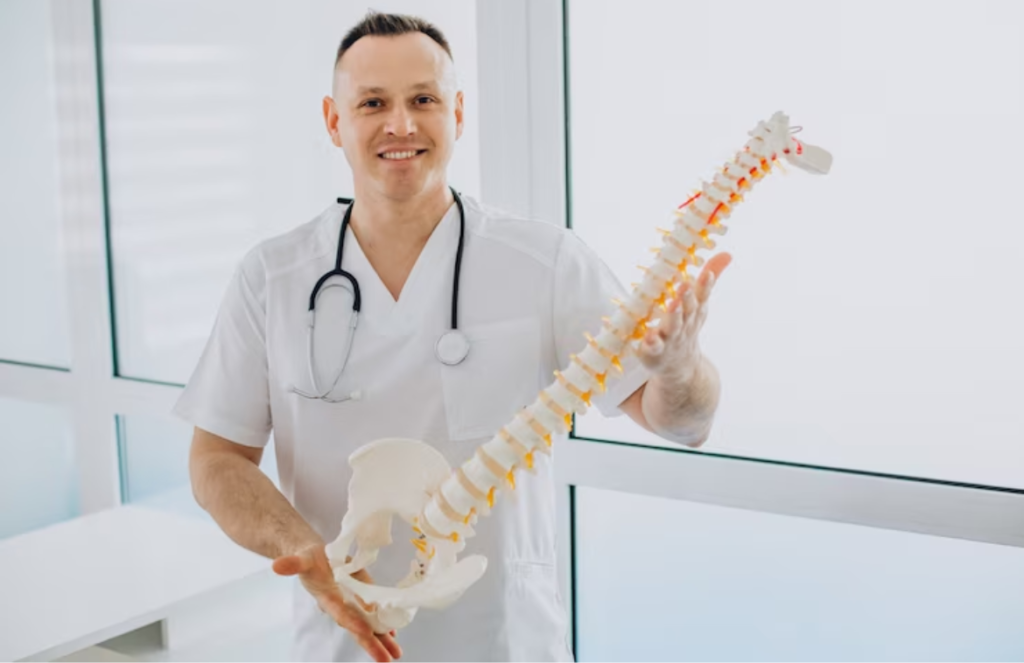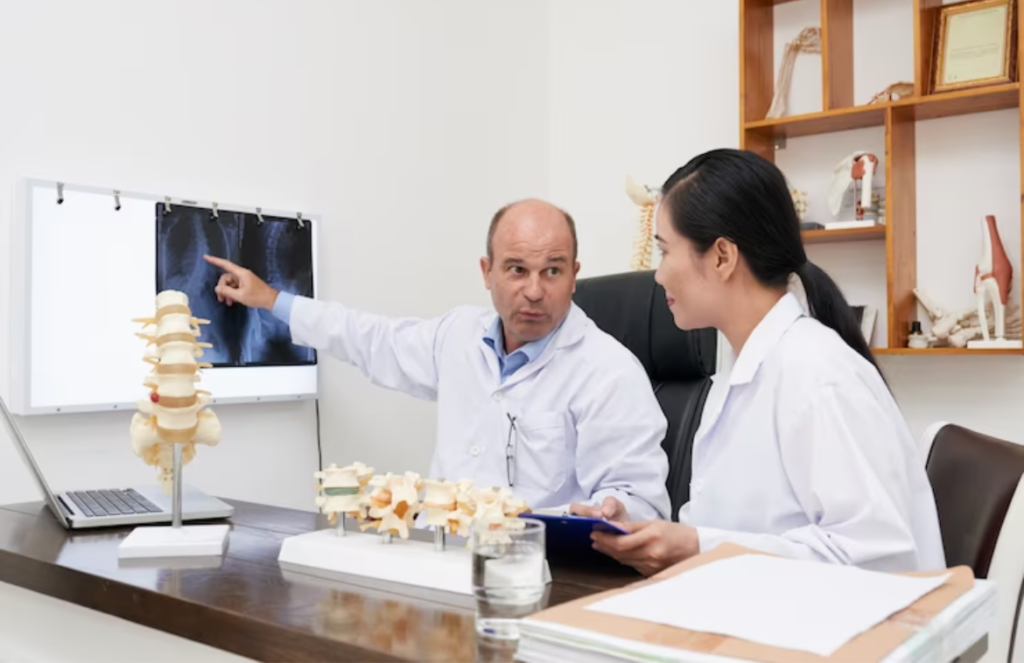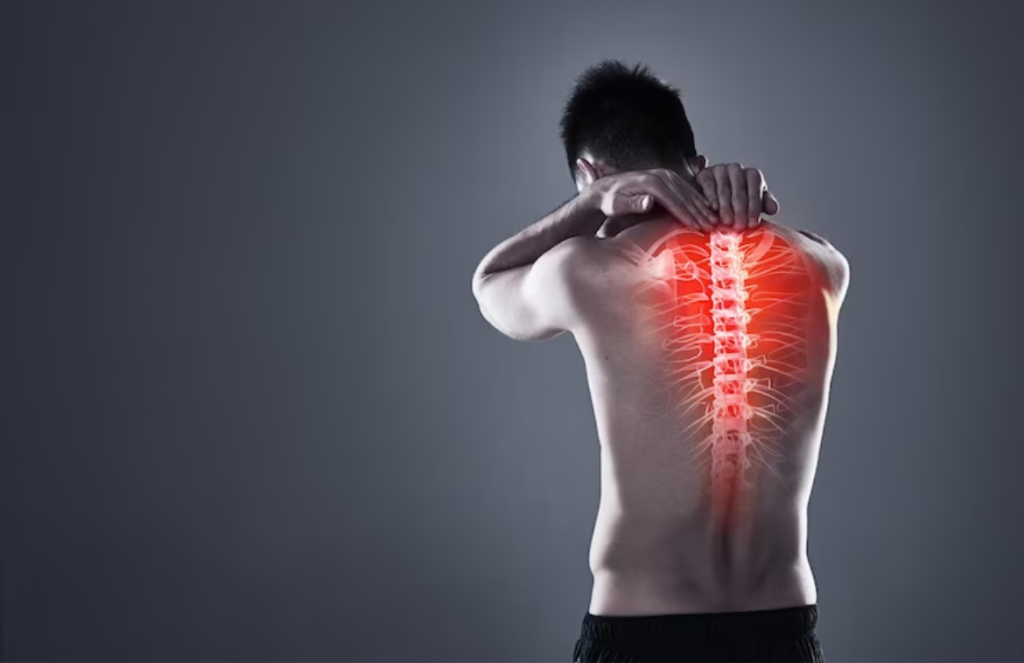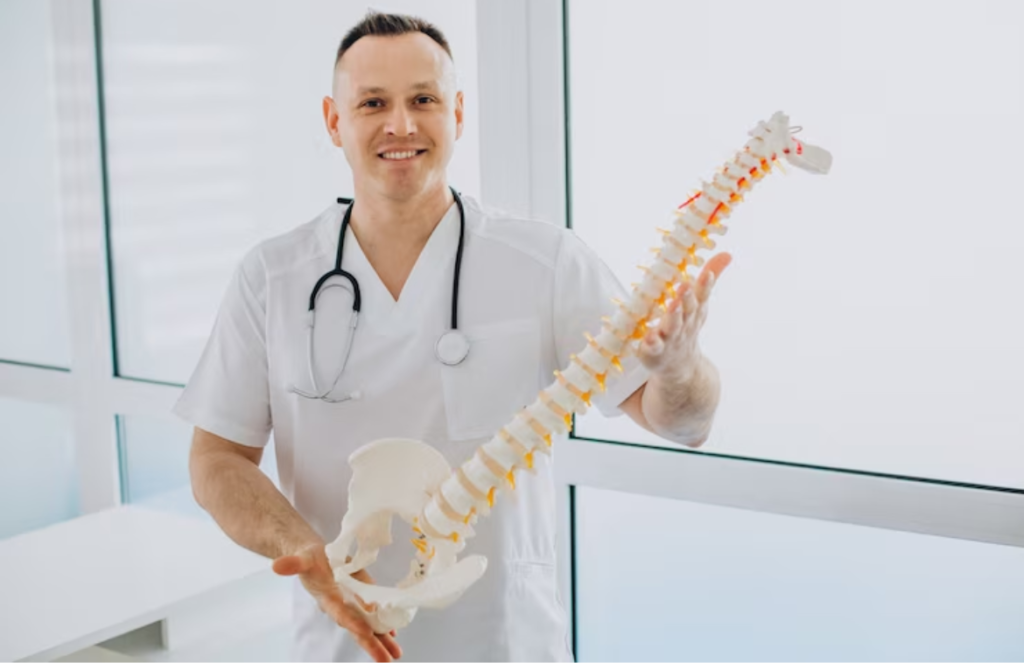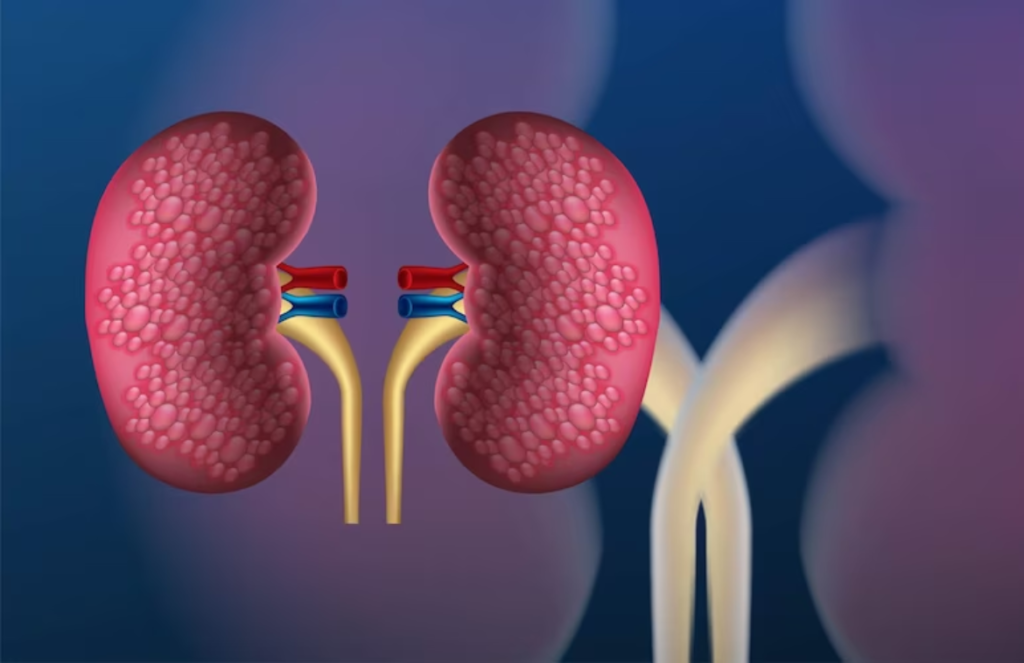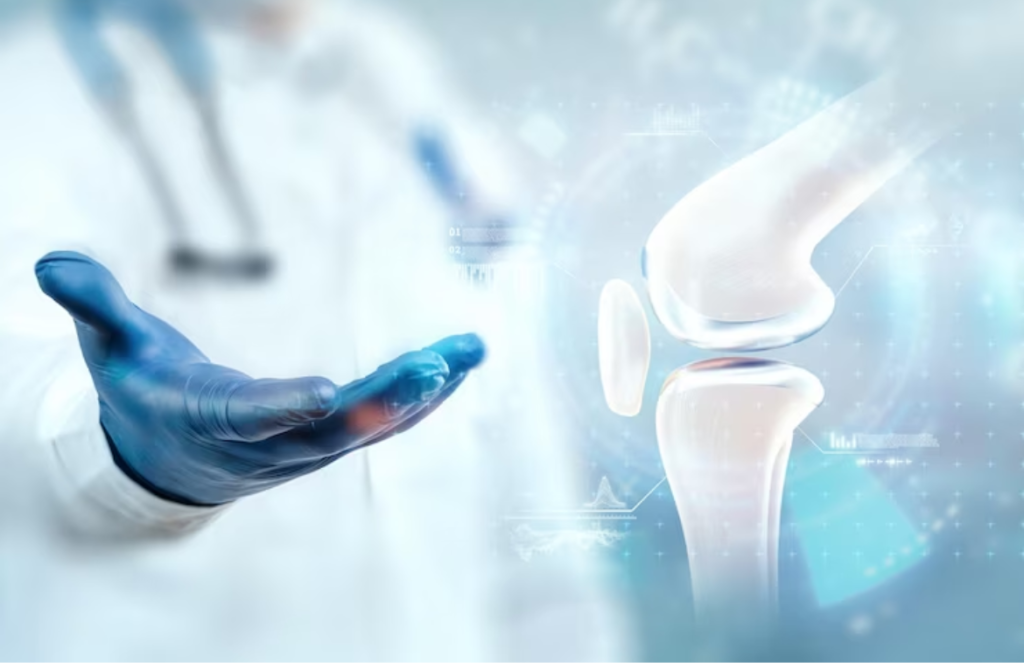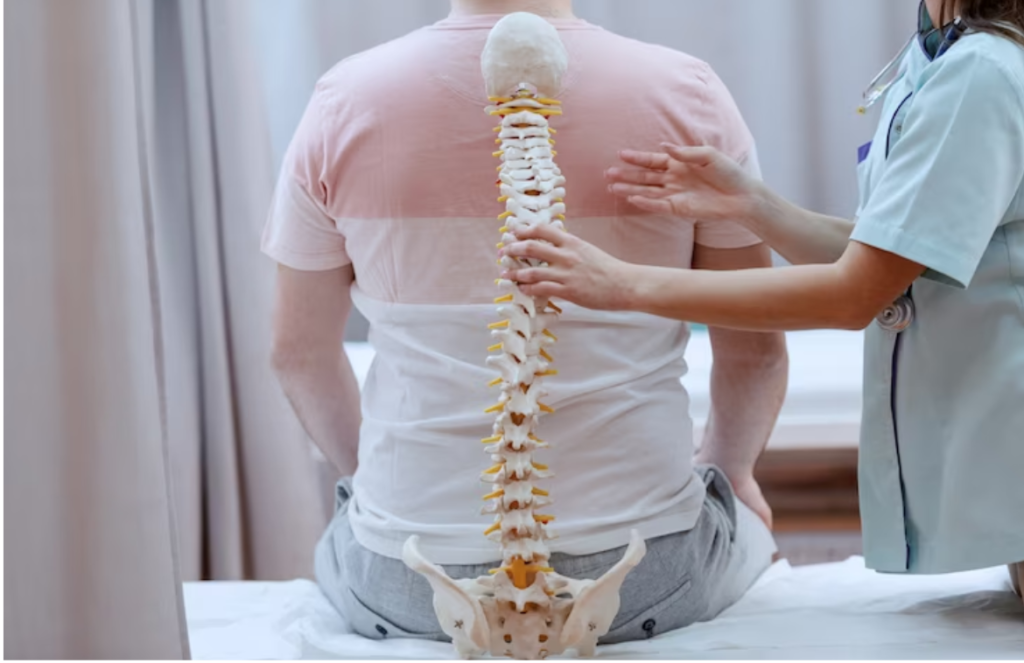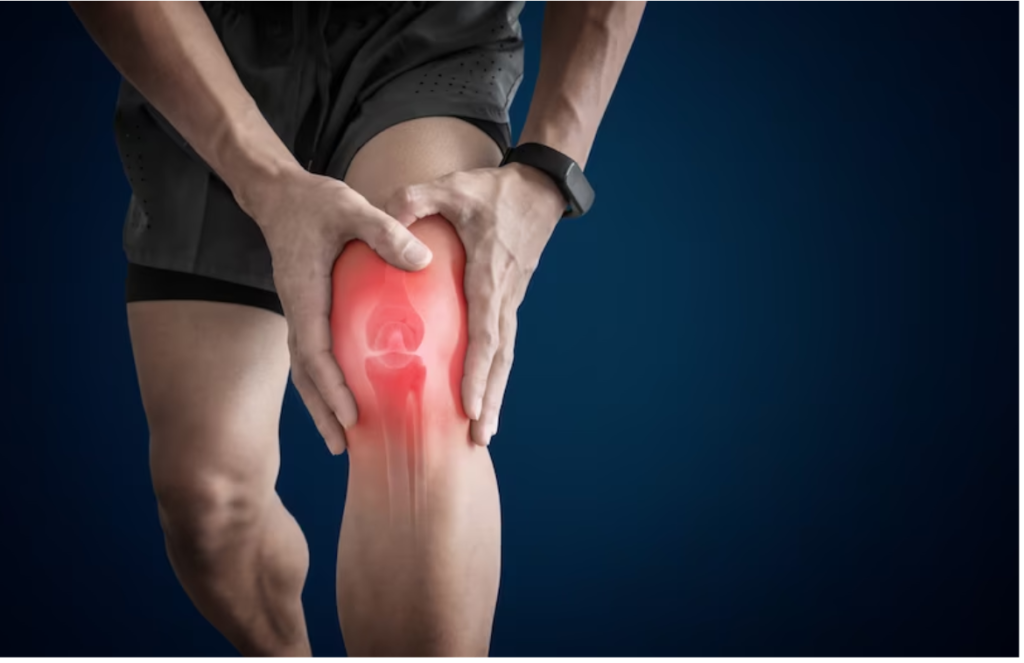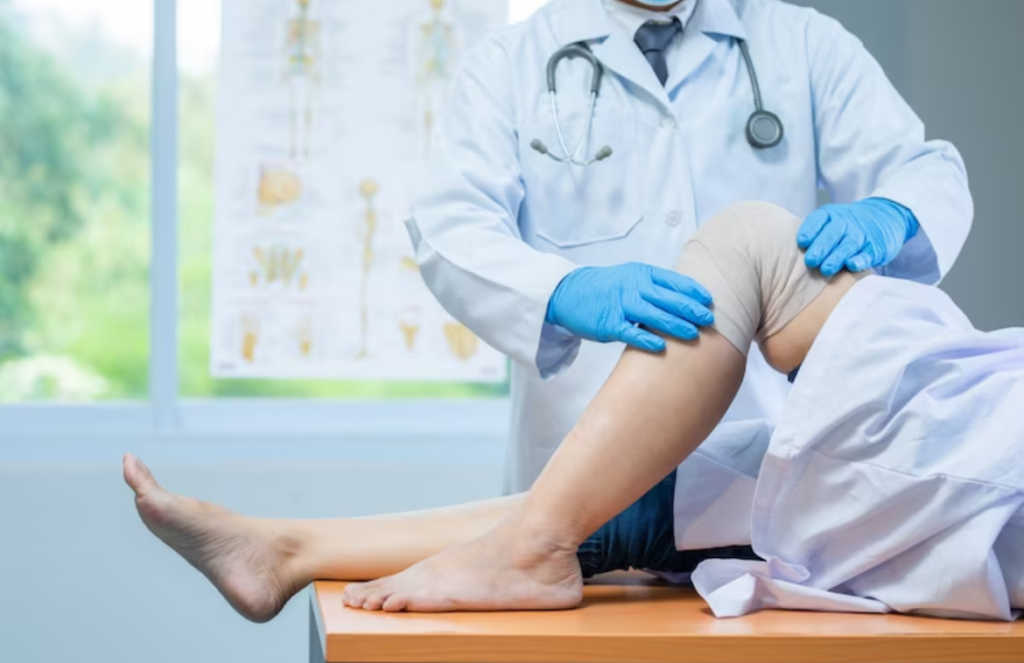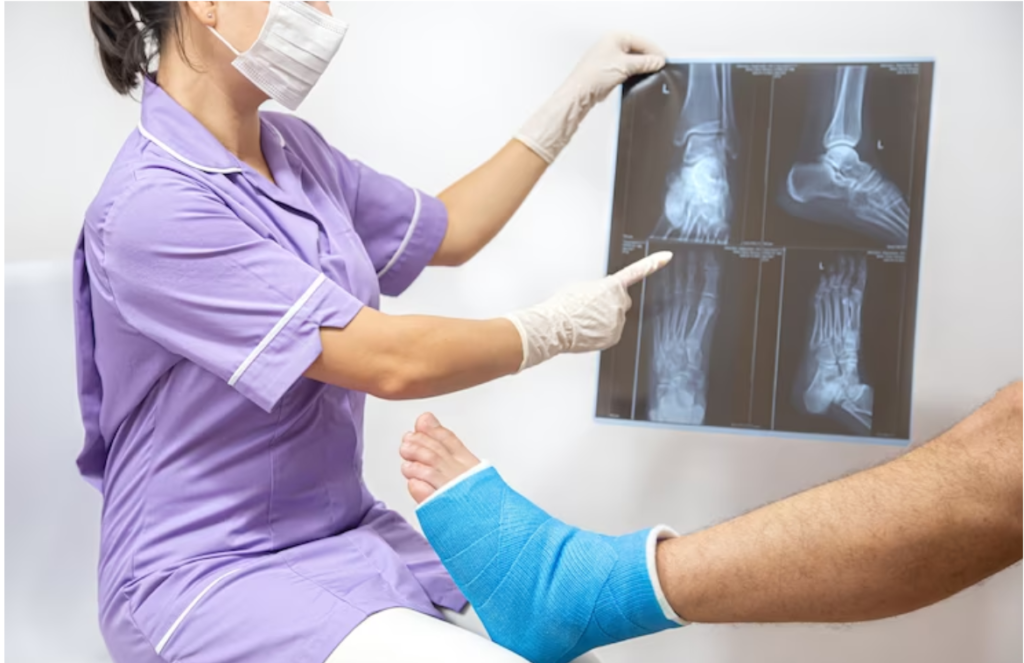Testicular pain causes include sudden injury, inflammation, sexually transmitted infections, or medical emergencies. It can cause a dull ache that does affect a single or both testicles or one’s scrotum. It can also cause swelling.
If having testicular pain for more than an hour, talking to a healthcare provider for a diagnosis and also treatment does help. Testicle pain can indeed be caused by nerve damage, sexually transmitted infections (STIs), gangrene, kidney stones, swelling, hernia, inflammation, enlarged veins, fluid in one’s testicle, or a severe condition referred to as testicular torsion.
Testicles are rather egg-shaped reproductive organs that are located in one’s scrotum. Pain in the testicles can, of course, be caused by minor injuries to the area. Yet, if experiencing pain in the testicle, the affected person needs to have the symptoms evaluated.
Pain in one’s scrotum can indeed be the result of serious conditions such as testicular torsion or a sexually transmitted infection (STI). Ignoring the pain can cause irreversible damage to the testicles and the scrotum.
Often, problems with the testicles can lead to abdominal or groin pain before pain in the testicle develops. Unexplained abdominal or perhaps groin pain needs to be evaluated by one’s doctor.
Testicle Pain Causes
Trauma or even injury to the testicles can no doubt cause pain, but pain in one’s testicle is often the result of medical issues that require treatment. These include:
- Damage to one’s nerves of the scrotum is caused by diabetic neuropathy.
- Epididymitis, or perhaps inflammation of one’s testicles, is caused by STI chlamydia.
- Gangrene, or the death of tissues due to untreated testicular torsion or trauma.
- A hydrocele is rather characterized by swelling of the scrotum.
- An inguinal hernia.
- Kidney stones.
- Orchitis, or even inflammation of the person’s testicle.
- A spermatocele, or fluid in the man’s testicle.
- An undescended testicle.
- A varicocele, or perhaps a group of enlarged veins in the testicle.
In a few instances, pain in the testicle can indeed be caused by a severe medical condition referred to as testicular torsion. In this condition, the testicle does become twisted, cutting off blood supply to the testicle. This can cause damage to one’s tissue.
Testicular torsion happens to be a medical emergency that needs to be treated quickly to prevent damage to the testicles. The condition does occur more frequently in males between the ages of 10 and 20.
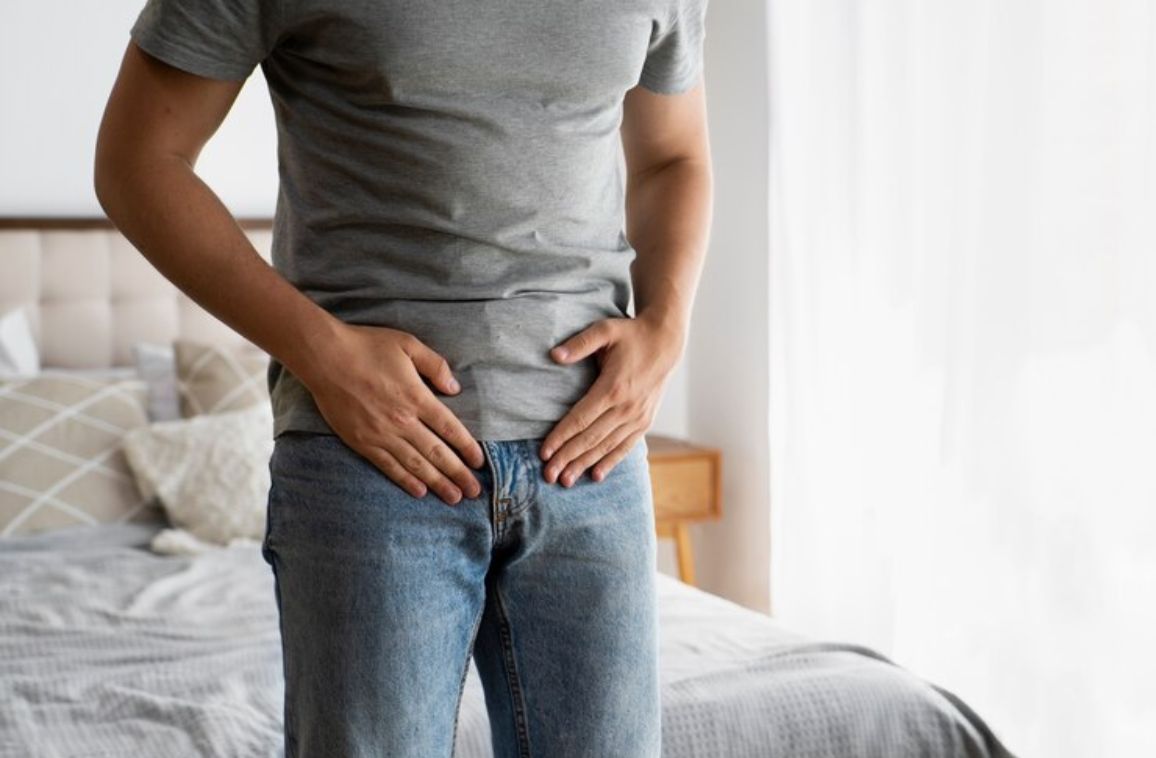
Pain in the individual’s testicle is rarely caused by testicular cancer. Testicular cancer typically causes a lump on the testicles that’s often painless. The doctor needs to evaluate any lump that forms on one’s testicles.
How can tactical pain causes be treated?
Pain that does not require medical care can be treated at home by making use of such measures:
- Wear an athletic supporter, or cup, to support the scrotum. Use ice to reduce swelling in the scrotum.
- Take warm baths.
- Support the testicles while lying down by in fact placing a rolled towel under the scrotum.
- Use over-the-counter pain medications such as acetaminophen or ibuprofen to lessen the pain.
With more severe pain, treatment from a doctor is needed.
To accurately diagnose the condition, the doctor may need to order additional tests, like:
- An ultrasound.
- A urinalysis.
- Urine cultures.
- An examination of secretions from the prostate, which does require a rectal exam.
Once the doctor diagnoses the cause of one’s pain, they will be able to provide treatment.
The treatment can consist of :
- Antibiotics for infection.
- Surgery to untwist the testicle if suffering from a torsion.
- A surgical evaluation for potential correction of an undescended testicle.
- Pain medications.
- Surgery to reduce fluid accumulation in the testicles.
Conclusion
Testicle pain does require medical attention.

